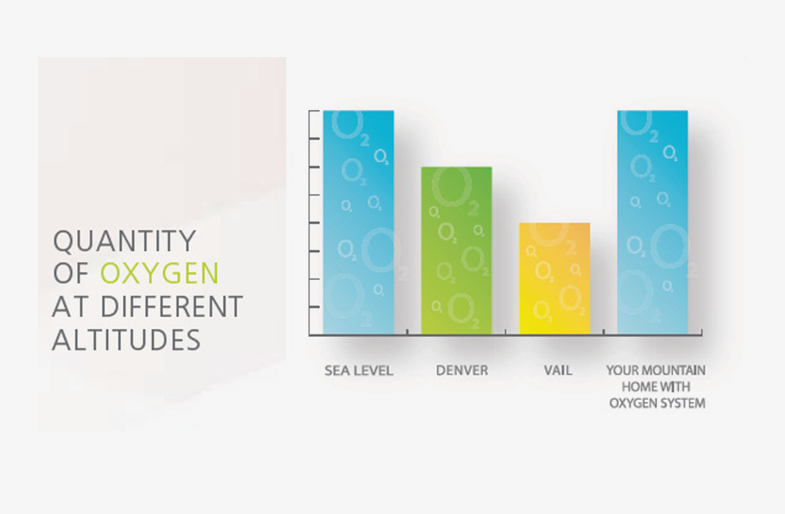Spending time at elevations over 7000’ can have debilitating effects on the human body. Oxygen Hypoxia, more commonly known as Altitude Sickness, can wreak havoc on you, your family and your guests. If you ever feel a shortness of breath, low energy levels, have trouble sleeping, experience headaches, or can’t perform at your best, you may be suffering from a lack of oxygen. These effects can be even worse when traveling from sea level.
Our system can ease the transition to high altitude and help prevent the onset of Altitude Sickness by providing the body with the oxygen it so desperately needs.






